Batman DC Comics Story
Kamis, 30 April 2015
0
komentar

Batman DC Comics Story. Batman is a fictional superhero appearing in American comic books published by DC Comics, as well as its associated media. The character was created by artist Bob Kane and writer Bill Finger, and first appeared in Detective Comics #27 (May 1939). Originally named "the Bat-Man," the character is also referred to by such epithets as "the Caped Crusader," "the Dark Knight," and "the World's Greatest Detective."
Batman is the secret identity of Bruce Wayne, an American billionaire, industrialist, and philanthropist. Having witnessed the murder of his parents as a child, he swore revenge on criminals, an oath tempered with a sense of justice. Wayne trains himself both physically and intellectually and dons a bat-themed costume to fight crime. Batman operates in the fictional Gotham City, assisted by various supporting characters including his butler Alfred Pennyworth, his crime-fighting partner Robin, the police commissioner Jim Gordon, and occasionally the heroine Batgirl. He fights a large assortment of villains, often referred to as the "rogues gallery," which includes the Joker, the Penguin, the Riddler, Catwoman, Mr. Freeze, Two-Face, Ra's al Ghul, Scarecrow, Poison Ivy, and Clayface. Unlike most superheroes, he does not possess any superpowers; he makes use of intellect, detective skills, science and technology, wealth, physical prowess, martial arts skills, an indomitable will, fear, and intimidation in his continuous war on crime.
Batman became popular soon after his introduction and gained his own comic book title, Batman, in 1940. As the decades progressed, differing interpretations of the character emerged. The late 1960s Batman television series used a camp aesthetic which continued to be associated with the character for years after the show ended. Various creators worked to return the character to his dark roots, culminating in 1986 with The Dark Knight Returns by Frank Miller, followed by Batman: The Killing Joke by Alan Moore, and Arkham Asylum: A Serious House on Serious Earth by Grant Morrison. The success of Warner Bros.' live-action Batman feature films have helped maintain public interest in the character.
An American cultural icon, Batman has been licensed and adapted into a variety of media, from radio to television and film, and appears on a variety of merchandise sold all over the world such as toys and video games. The character has also intrigued psychiatrists with many trying to understand the character's psyche. In May 2011, Batman placed second on IGN's Top 100 Comic Book Heroes of All Time, after Superman. Empire magazine listed him second in their 50 Greatest Comic Book Characters of All Time. The character has been portrayed in films by Lewis Wilson, Robert Lowery, Adam West, Michael Keaton, Kevin Conroy, Val Kilmer, George Clooney, Christian Bale, and soon by Ben Affleck in Batman v Superman: Dawn of Justice.
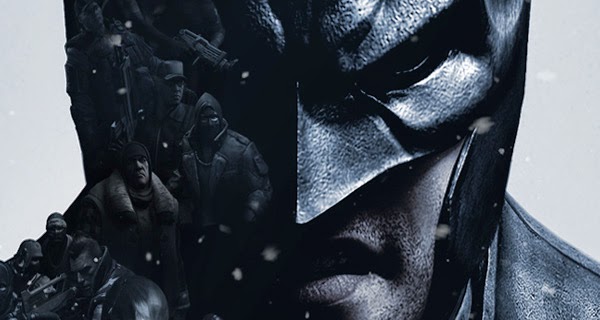
Fictional character biography, Batman's history has undergone various revisions, both minor and major. Few elements of the character's history have remained constant. Scholars William Uricchio and Roberta E. Pearson noted in the early 1990s, "Unlike some fictional characters, the Batman has no primary urtext set in a specific period, but has rather existed in a plethora of equally valid texts constantly appearing over more than five decades."
The central fixed event in the Batman stories is the character's origin story. As a little boy, Bruce Wayne is horrified and traumatized to see his parents, the physician Dr. Thomas Wayne and his wife Martha, being murdered by a mugger in front of his very eyes. This drives him to fight crime in Gotham City as Batman. Pearson and Uricchio also noted beyond the origin story and such events as the introduction of Robin, "Until recently, the fixed and accruing and hence, canonized, events have been few in number," a situation altered by an increased effort by later Batman editors such as Dennis O'Neil to ensure consistency and continuity between stories.
Personality, Batman's primary character traits can be summarized as "wealth; physical prowess; deductive abilities and obsession." The details and tone of Batman comic books have varied over the years due to different creative teams. Dennis O'Neil noted that character consistency was not a major concern during early editorial regimes: "Julie Schwartz did a Batman in Batman and Detective and Murray Boltinoff did a Batman in the Brave and the Bold and apart from the costume they bore very little resemblance to each other. Julie and Murray did not want to coordinate their efforts, nor were they asked to do so. Continuity was not important in those days."
The driving force behind Batman's character is his parents' murder. Bob Kane and Bill Finger discussed Batman's background and decided that "there's nothing more traumatic than having your parents murdered before your eyes." Despite his trauma, he sets his mind on studying to become a scientist and to train his body into physical perfection to fight crime in Gotham City as Batman, an inspired idea from Wayne's insight into the criminal mind.
Another of Batman's characterizations is a vigilante; in order to stop evil that started with the death of his parents, he must sometimes break laws himself. Although manifested differently by being re-told by different artists, it is nevertheless that the details and the prime components of Batman's origin have never varied at all in the comic books, the "reiteration of the basic origin events holds together otherwise divergent expressions". The origin is the source of the character's traits and attributes, which play out in many of the character's adventures.
Batman is often treated as a vigilante by other characters in his stories. Frank Miller views the character as "a dionysian figure, a force for anarchy that imposes an individual order." Dressed as a bat, Batman deliberately cultivates a frightening persona in order to aid him in crime-fighting, a fear that originates from the criminals' own guilty conscience. Miller is often credited with reintroducing anti-heroic traits into Batman's characterization, such as his brooding personality, willingness to use violence and torture, and increasingly alienated behavior. Batman's original character was changed when comic book codes went into place and DC editor Whitney Ellsworth reinvented Batman as having a stringent moral code which never allowed him to kill. Miller's Batman was closer to the original, Golden Age version, who was willing to kill criminals.
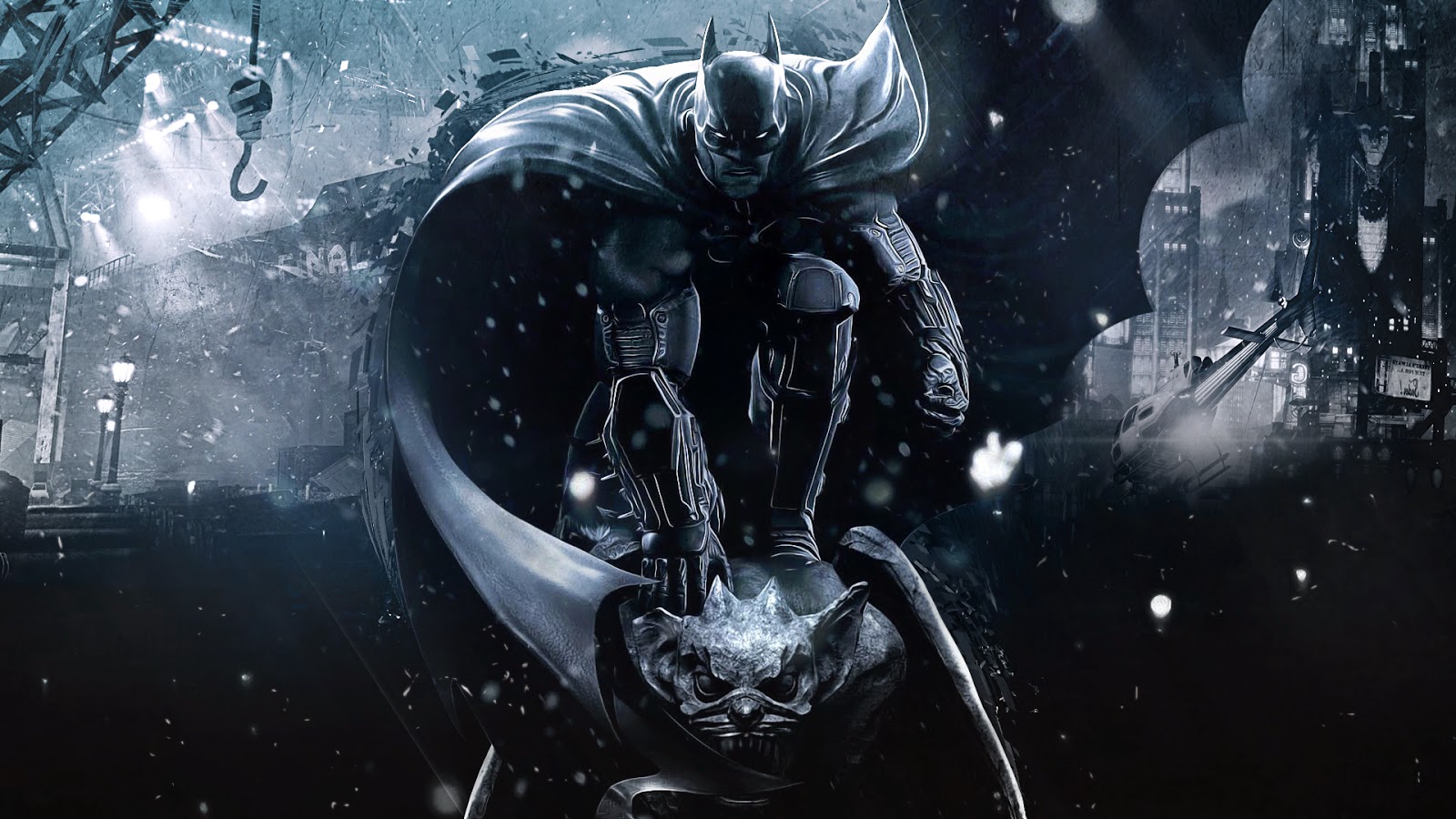
Bruce Wayne, The Batman is, in his everyday identity, Bruce Wayne, a wealthy businessman living in Gotham City. Wayne averts suspicion by acting the part of a superficial, dim-witted playboy idly living off his family's fortune (amassed through investment in real estate before the city became a bustling metropolis) and the profits of Wayne Enterprises, his inherited conglomerate. He supports philanthropic causes through his nonprofit Wayne Foundation, but is more widely known as a celebrity socialite. In public, he pretends to be a heavy drinker, using ginger ale to suggest champagne and liberally serving alcohol to guests that he never actually consumes himself. In reality, he is a strict teetotaler concerned to maintain top physical fitness and mental acuity. In public, he appears frequently in the company of fashionable women to encourage tabloid gossip. In reality, there is less than meets the eye: though he leads an active romantic life, crime-fighting accounts for most of his night hours.
Bruce Wayne's calculated persona as a vapid, self-indulgent son of privilege finds literary precedent in Sir Percival Blakeney, hero of The Scarlet Pimpernel stories by Baroness Emmuska Orczy (1903), and Don Diego de la Vega, hero of the Zorro tales by Johnston McCulley (1919). Like Bruce Wayne, Sir Percy and Don Diego are each members of gentry who invite contempt by publicly playing the fool. Also, like Bruce Wayne, each performs heroic deeds in secret and marks his work with a signature symbol.
The name "Bruce Wayne" was chosen for certain connotations. According to co-creator Bill Finger, "Bruce Wayne's first name came from Robert Bruce, the Scottish patriot. Wayne, being a playboy, was a man of gentry. I searched for a name that would suggest colonialism. I tried Adams, Hancock...then I thought of Mad Anthony Wayne."
Writers of Batman and Superman stories have often compared and contrasted the two. Interpretations vary depending on the writer, the story, and the timing. Grant Morrison notes that both heroes "believe in the same kind of things" despite the day/night contrast their heroic roles display. He notes an equally stark contrast in their real identities. Bruce Wayne and Clark Kent belong to different social classes: "Bruce has a butler, Clark has a boss." T. James Musler's book Unleashing the Superhero in Us All explores the extent to which Bruce Wayne's vast personal wealth is important in his life story, and the crucial role it plays in his crusade against crime.
Modern stories tend to portray Bruce Wayne as the character's facade and the Batman as the truer representation of his personality (in counterpoint to the post-Crisis Superman, whose "Clark Kent" persona is the 'real' personality, and "Superman" is the 'mask'). In Batman Unmasked, a television documentary about the psychology of the character, Associate Professor of Social Psychology at the University of California, Los Angeles, and an adjunct behavioral scientist at the Rand Corporation Benjamin Karney, notes that the Batman's personality is driven by Bruce Wayne's inherent humanity; that "Batman, for all its benefits and for all of the time Bruce Wayne devotes to it, is ultimately a tool for Bruce Wayne's efforts to make the world better".
Will Brooker notes in his book Batman Unmasked that "the confirmation of the Batman's identity lies with the young audience...he doesn't have to be Bruce Wayne; he just needs the suit and gadgets, the abilities, and most importantly the morality, the humanity. There's just a sense about him: 'they trust him... and they're never wrong."
Bruce Wayne is a graduate of Yale Law School, as seen in Detective Comics #439 (1974), in which the final page shows a Yale Law School diploma hanging in Bruce Wayne's office.
Dick Grayson, On two occasions former Robin Dick Grayson has served as Batman. He served briefly while Wayne recovered from spinal injuries caused by Bane in the 1993 Knightfall storyline. He assumed the mantle again in a 2009 comic book while Wayne was believed dead, and served as a second Batman even after Wayne returned in 2010. As part of DC's 2011 editorial mandate, he returned to being Nightwing following the Flashpoint crossover event.
In an interview with IGN, Morrison details that having Dick Grayson as Batman and Damian Wayne as Robin represented a "reverse" of the normal dynamic between Batman and Robin, with, "a more light-hearted and spontaneous Batman and a scowling, badass Robin." Morrison explains his intentions for the new characterization of Batman: "Dick Grayson is kind of this consummate superhero. The guy has been Batman's partner since he was a kid, he's led the Teen Titans, and he's trained with everybody in the DC Universe. So he's a very different kind of Batman. He's a lot easier; He's a lot looser and more relaxed."
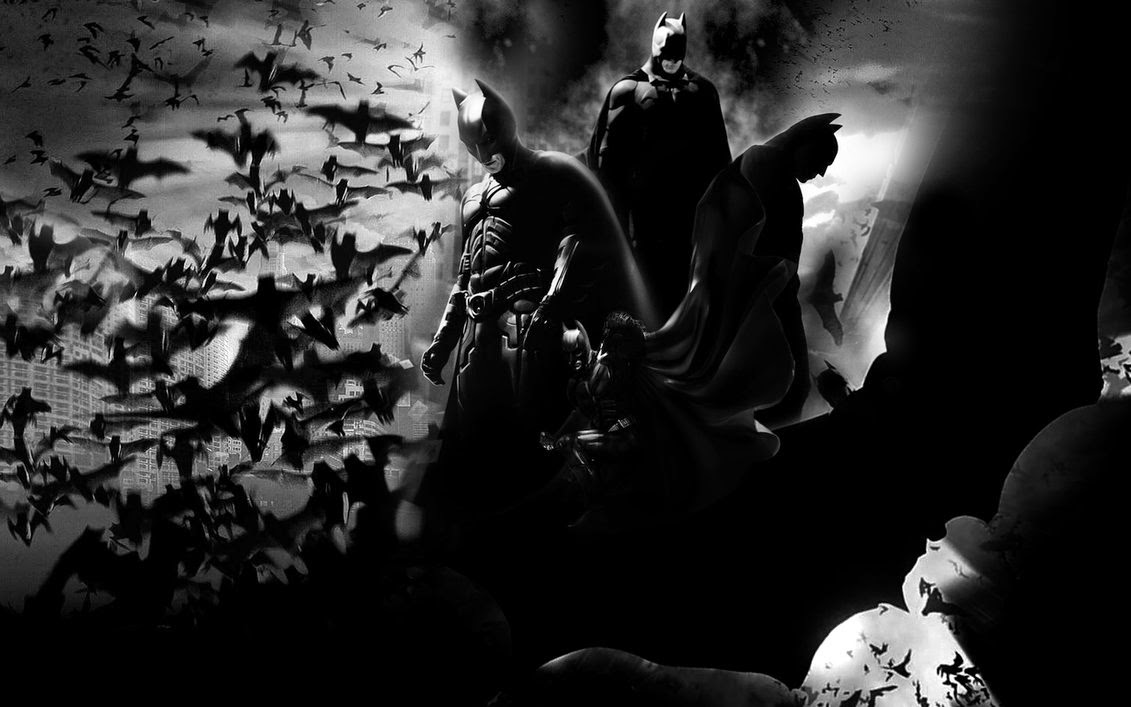
Skills and abilities, Batman has no inherent superhuman powers; he relies on "his own scientific knowledge, detective skills, and athletic prowess." In the stories, Batman is regarded as one of the world's greatest detectives, if not the world's greatest crime solver. Batman has been repeatedly described as having a genius-level intellect, one of the greatest martial artists in the DC Universe, and having peak human physical conditioning. He has traveled the world acquiring the skills needed to aid in his crusade against crime. As a polymath, his knowledge and expertise in almost every discipline known to man is nearly unparalleled by any other character in the DC Universe. Superman considers Batman to be one of the most brilliant minds on the planet in the Superman: Doomed story arc. Batman's inexhaustible wealth allows him access to advanced technology, and as a proficient scientist, he is able to use and modify these technologies to his advantage.
Batman has trained extensively in various martial arts, including judo, jujutsu, karate, kickboxing, and ninjutsu, among others. This training has made him one of the best hand-to-hand fighters in the DC Universe. Superman describes Batman as "the most dangerous man on Earth", able to defeat an entire team of superpowered extraterrestrials by himself in order to rescue his imprisoned teammates in Grant Morrison's first storyline in JLA.
Batman has the ability to function under great physical pain and to withstand telepathy and mind control. He is a master of disguise, multilingual, and an expert in espionage, often gathering information under the identity of Matches Malone, a notorious gangster. He is a master of stealth and escapology, which allows him to appear and disappear at will and to break free of nearly inescapable deathtraps with little to no harm.
Batman is an expert in interrogation techniques and often uses extreme methods to extract information from suspects, such as hanging a person over the edge of a building. His intimidating and frightening appearance alone is often all that is needed in getting information from suspects. Despite having the potential to harm his enemies, Batman's most defining characteristic is his strong commitment to justice and his unwillingness to take life, regardless of the situation he has faced. This unyielding moral rectitude has earned him the respect of several heroes in the DC Universe, most notably that of Superman and Wonder Woman.
Batcave, The Batcave is Batman's secret headquarters, consisting of a series of subterranean caves beneath his mansion, Wayne Manor. It serves as his command center for both local and global surveillance, as well as housing his vehicles and equipment for his war on crime. It also is a storeroom for Batman's memorabilia. In both the comic Batman: Shadow of the Bat (issue #45) and the 2005 film Batman Begins, the cave is said to have been part of the Underground Railroad. Of the heroes and villains who see the Batcave, few know where it is located.
.JPG)
Batman ArtFX Statues
Don't says you are fans of Batman DC Comics if you don't have any of their statues, action figures, replica of Batman ArtFX. Now Kotobukiya released Dark Knight Batman Dark Knight Batsuit Artfx Statue, the one of most popular DC Comics ArtFX Statues.Christian Bale once again embodies the man behind the mask in "The Dark Knight." The film reunites Bale with director Christopher Nolan and takes Batman across the world in his quest to fight a growing criminal threat. With the help of Lieutenant Jim Gordon (Gary Oldman) and District Attorney Harvey Dent (Aaron Eckhart), Batman has been making headway against local crime, until a rising criminal mastermind known as The Joker (Heath Ledger) unleashes a fresh reign of chaos across Gotham City. To stop this devious new menace. Batman's most personal and vicious enemy yet, he will have to use every high-tech weapon in his arsenal and confront everything he believes. Under special arrangement with Japanese manufacturer Kotobukiya, DC Direct brings the exquisite craftsmanship and high level quality of Kotobukiya to fans!Kotobukiya and DC Direct are proud to offer The Dark Knight version of Batman to all movie aficionados and Batman collectors alike!
So, what do you think? Interest to Buy This Product? CHECK OUR WEBSTORE NOW, for more information and get special offers for Dark Knight Batman Dark Knight Batsuit Artfx Statue by Kotobukiya.
READ MORE
READ MORE DETAILS


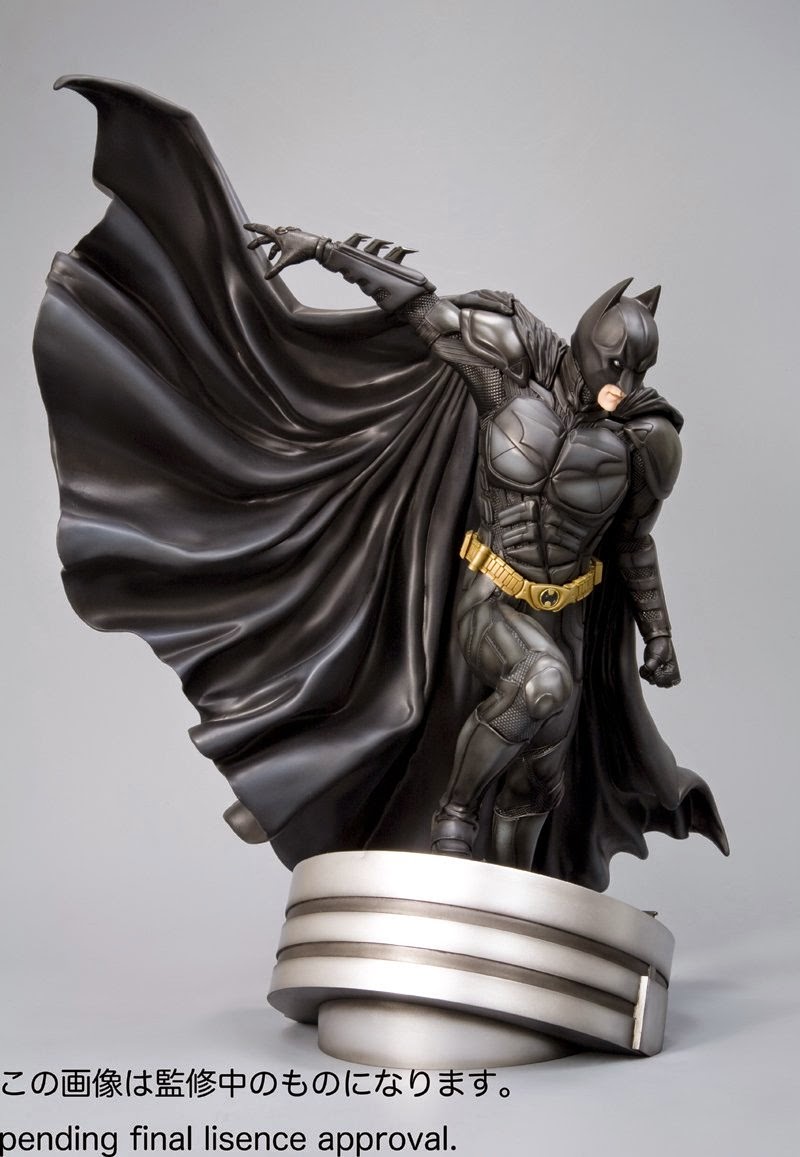
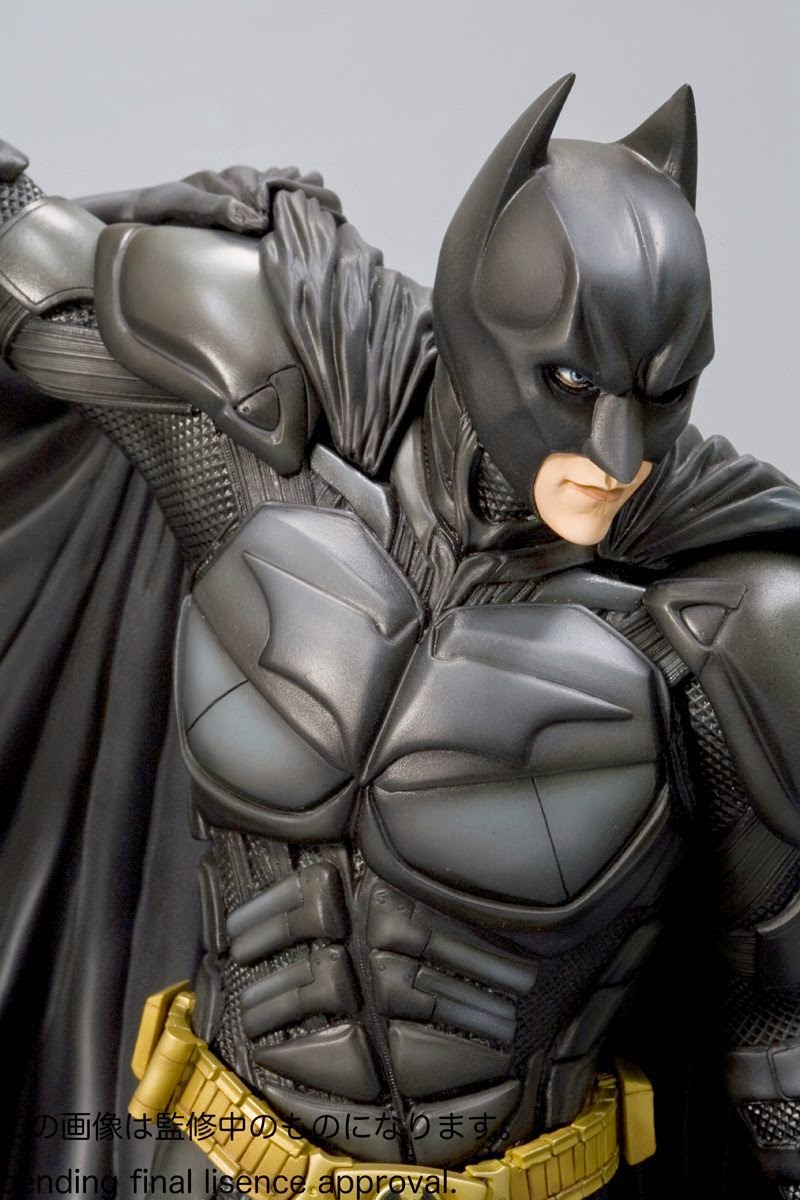


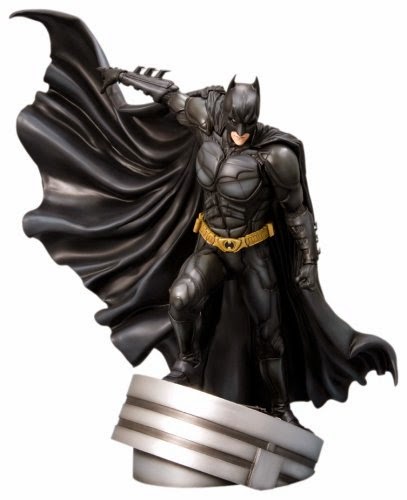
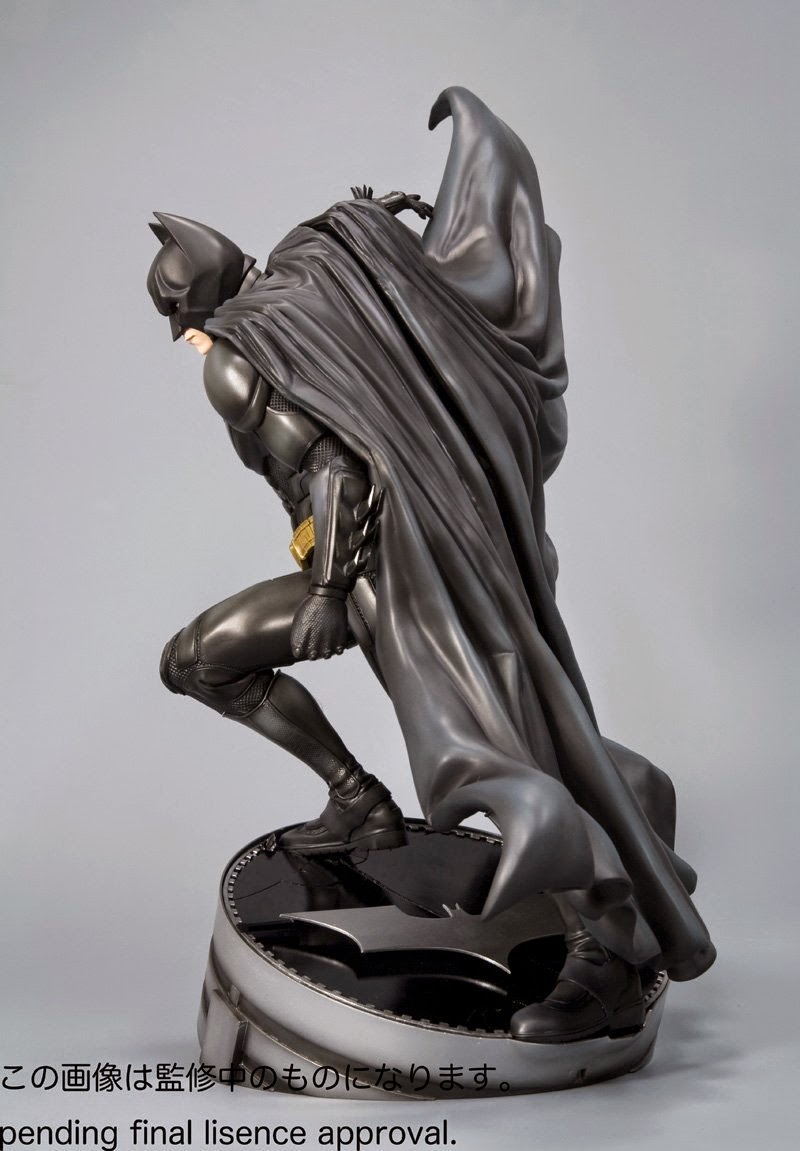
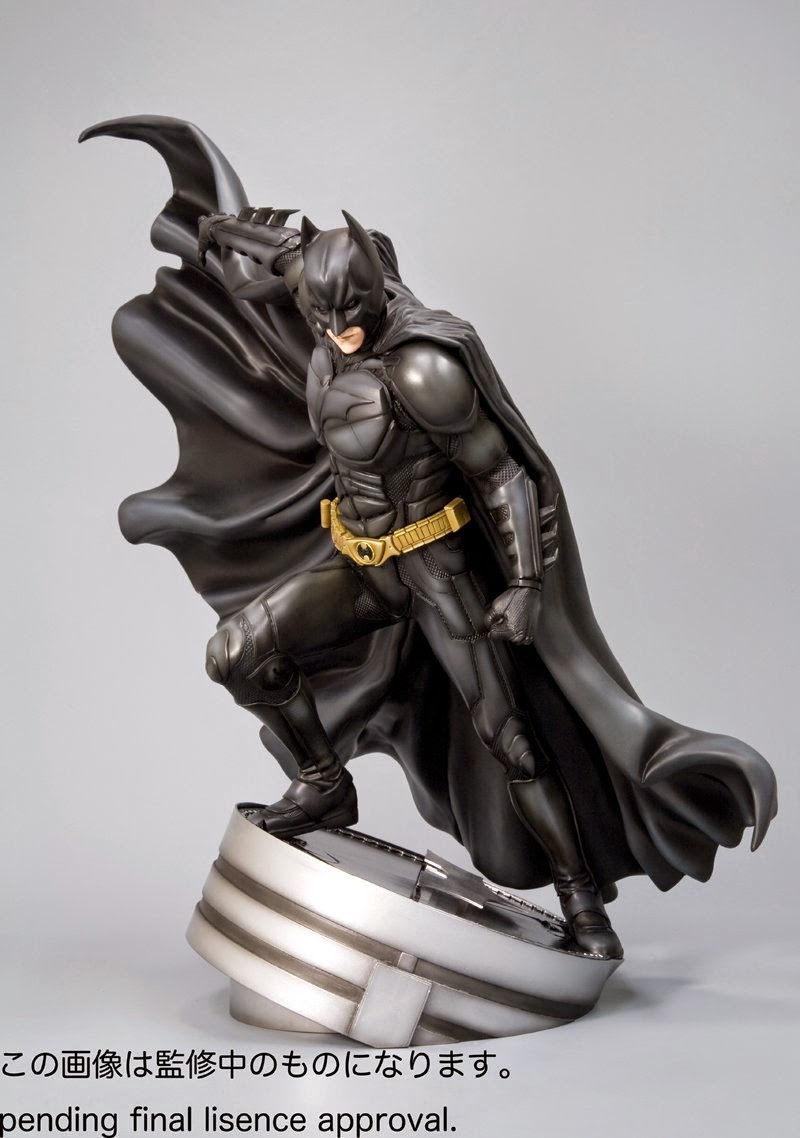
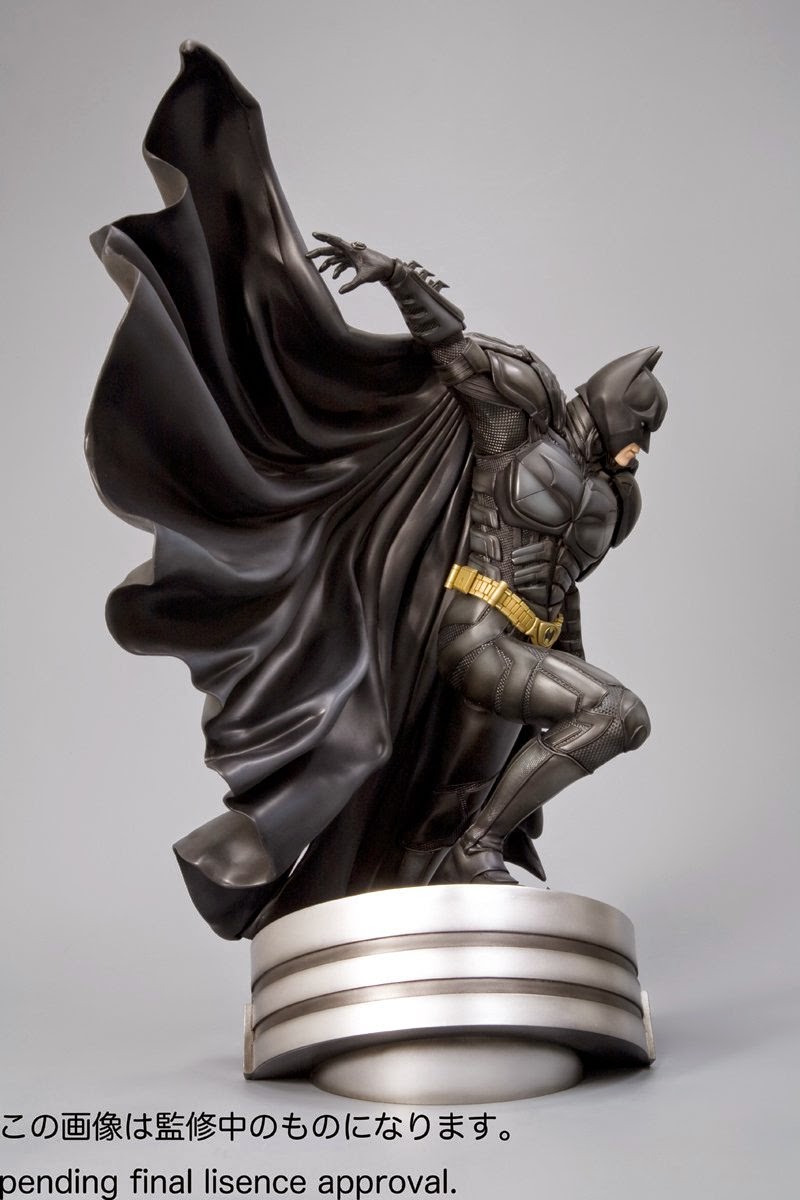
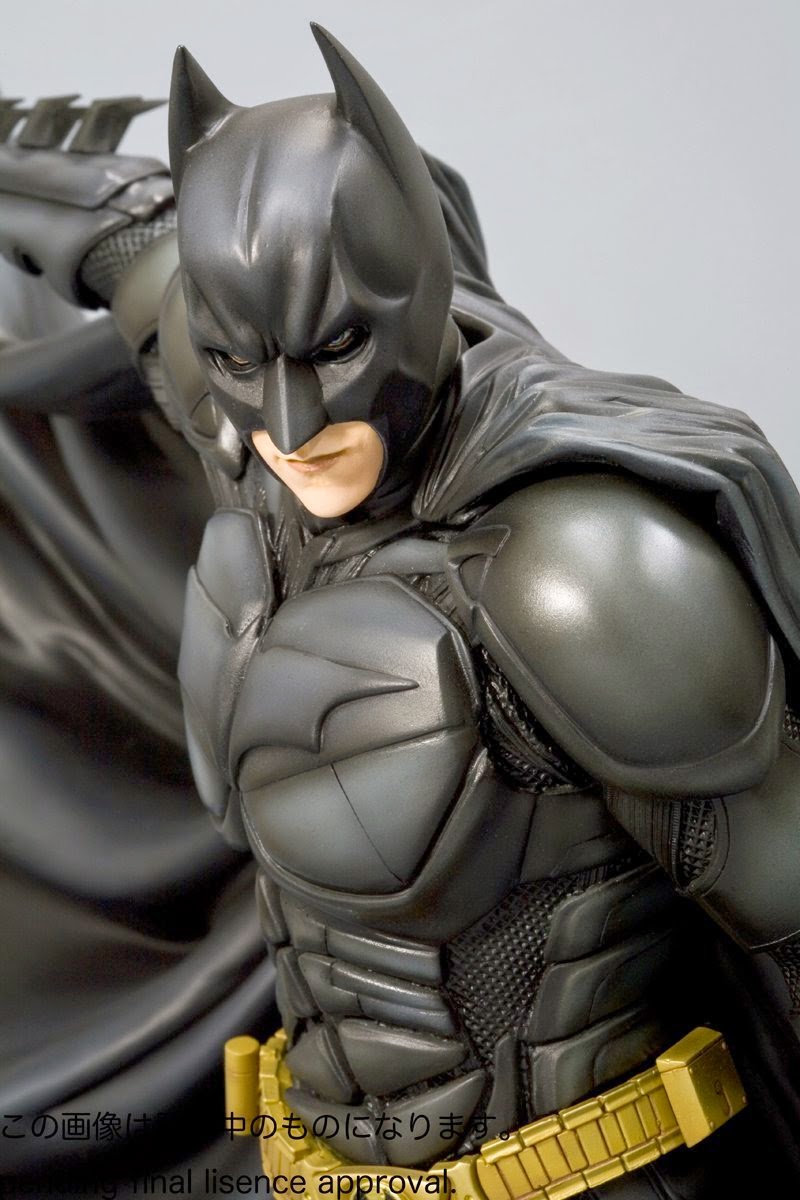
.png)





